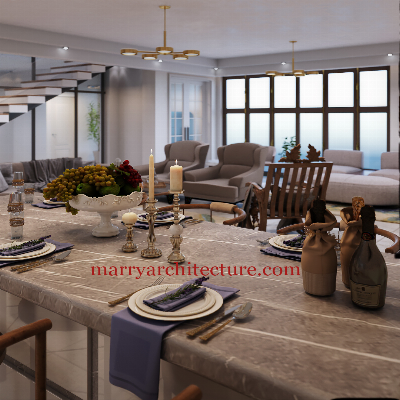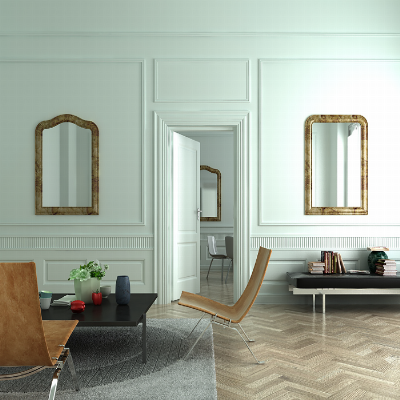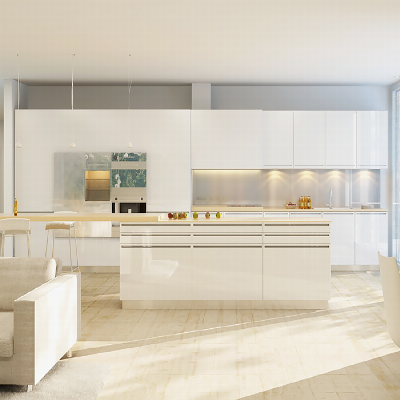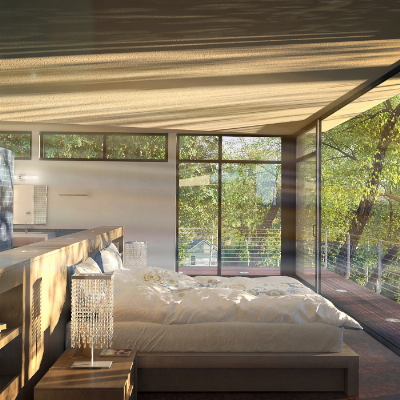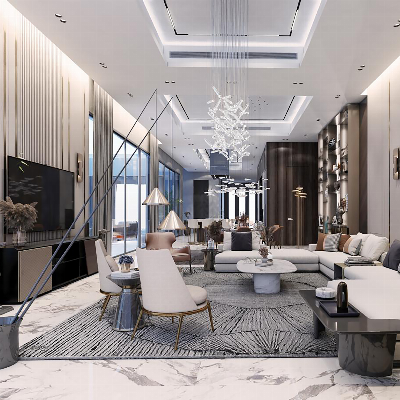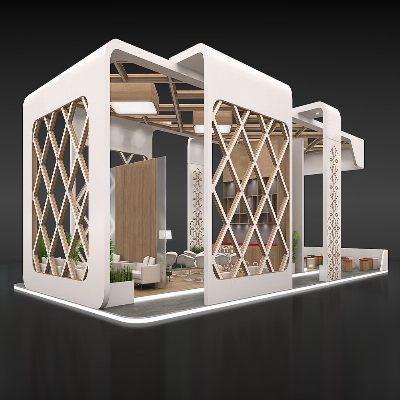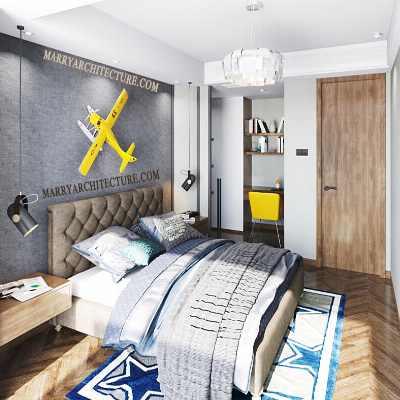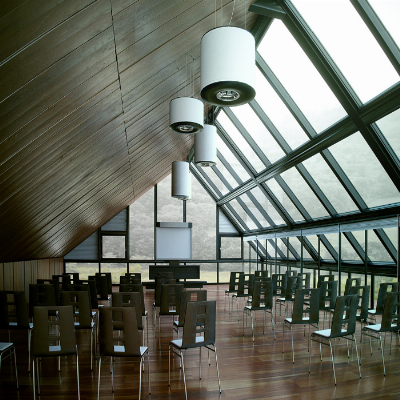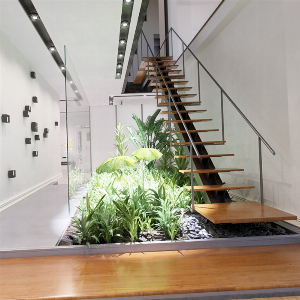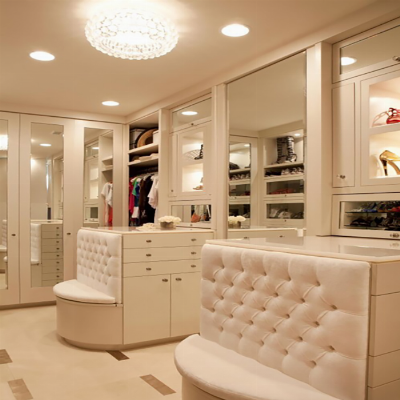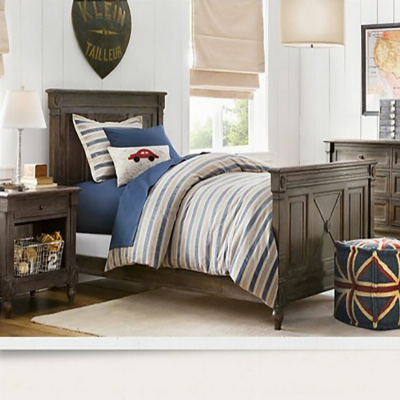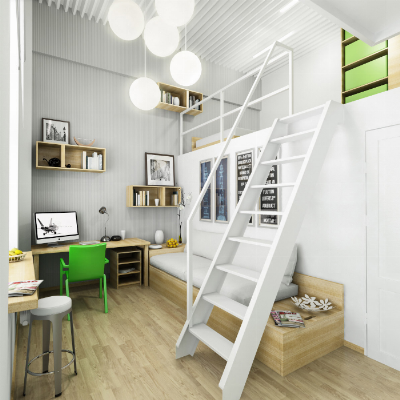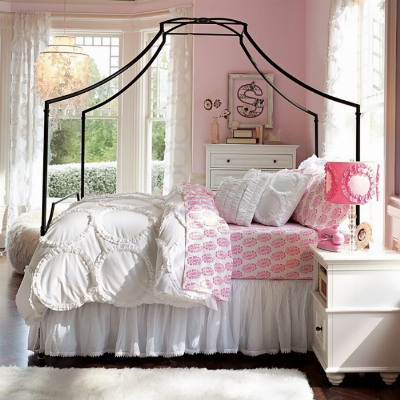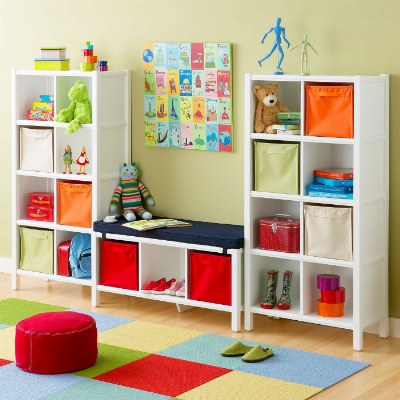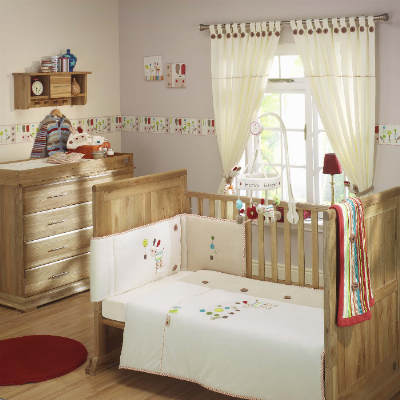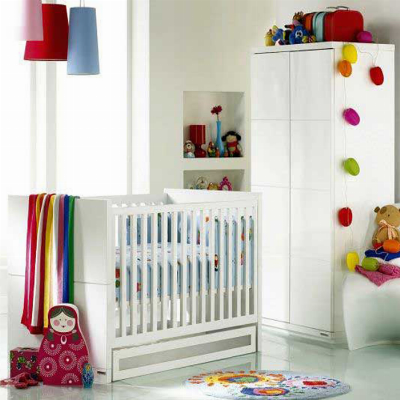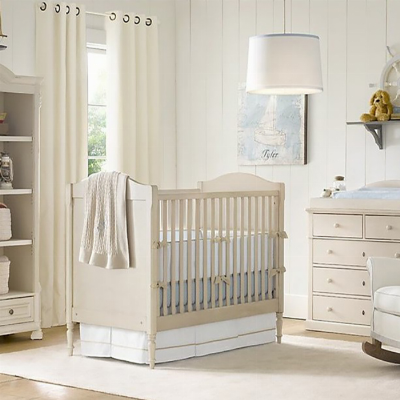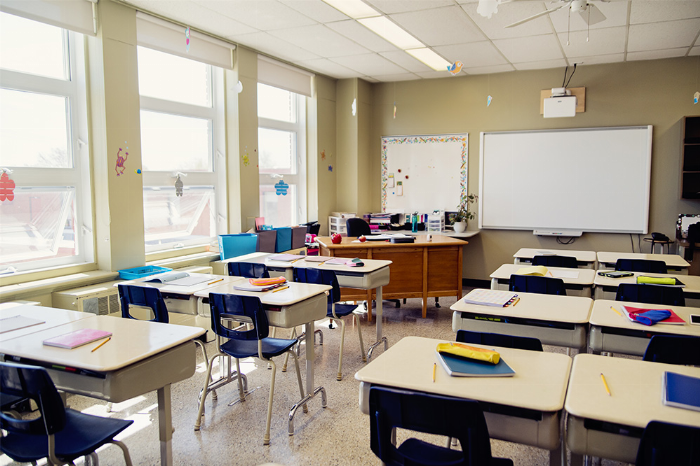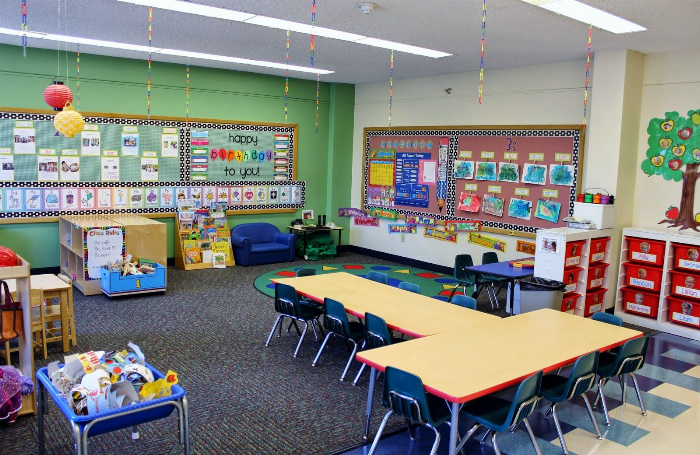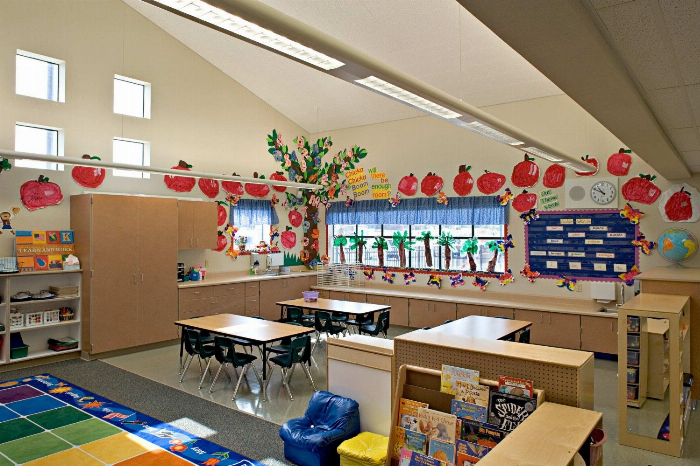Designing a classroom that is conducive to learning requires consideration of many elements. However, one of the most important elements for designing a classroom is the layout and arrangement of furniture.
The classroom furniture should be arranged in a way that promotes an interactive and collaborative learning environment. The placement of desks, chairs, and other furnishings should encourage student engagement and allow for easy communication and collaboration between students and teachers.
Other important elements to consider when designing a classroom include lighting, color, and acoustics. The classroom should be well-lit to avoid eye strain and promote a positive learning environment. Colors should be chosen to create a calming and inviting atmosphere, while the acoustics of the room should be designed to minimize distractions and enhance the learning experience.
It's also important to consider the use of technology and other learning resources. The classroom should be equipped with appropriate technology such as interactive displays and sound systems, as well as resources such as books, charts, and other instructional materials.
A good design should include and consider these elents:
Classroom layout and design, Classroom furniture and seating arrangements, Lighting and acoustics in the classroom, Color schemes and decor for the classroom, Classroom technology and resources, Classroom organization and storage solutions, Classroom safety and security measures, Classroom management strategies and techniques, Inclusive classroom design and accommodations for students with special needs, and Sustainable and eco-friendly classroom design.
Ultimately, a well-designed classroom should provide a comfortable and functional space for students to learn and grow. It should be flexible and adaptable to different teaching styles and methods while also providing a sense of structure and organization.

